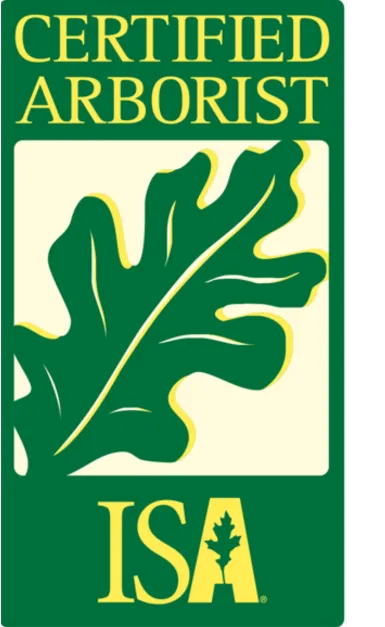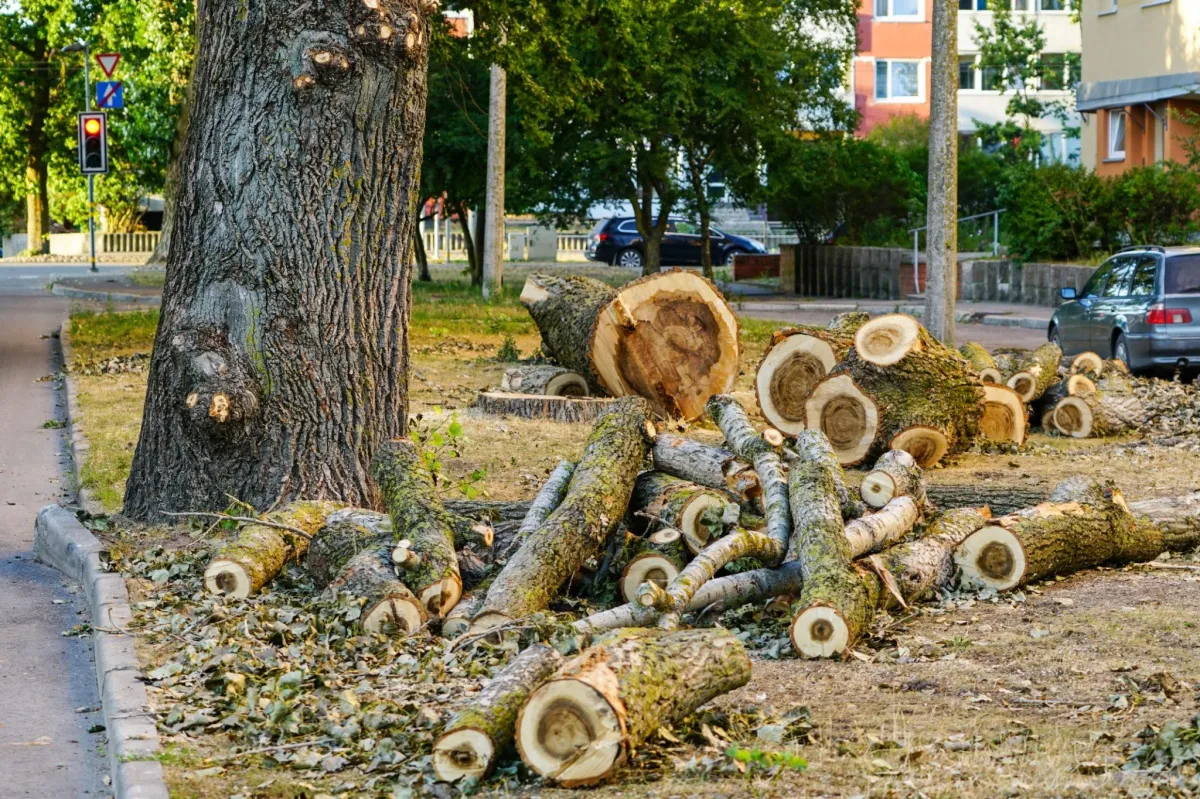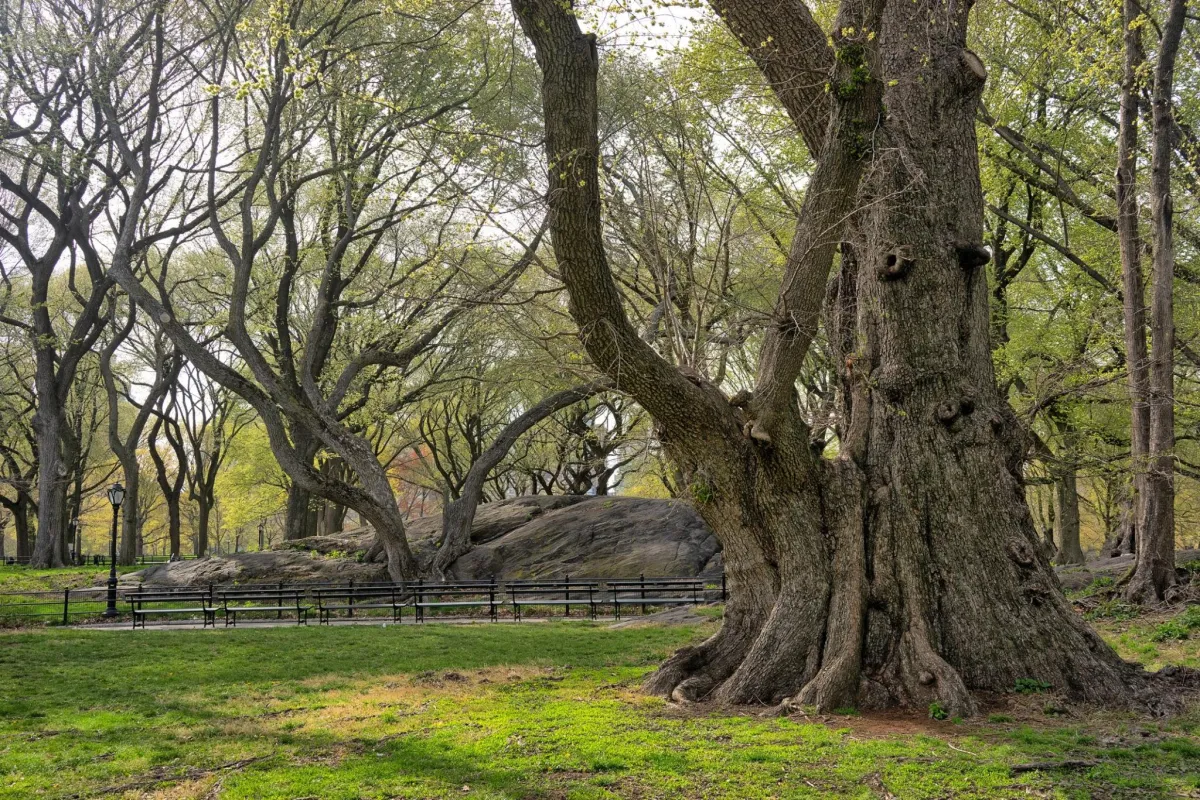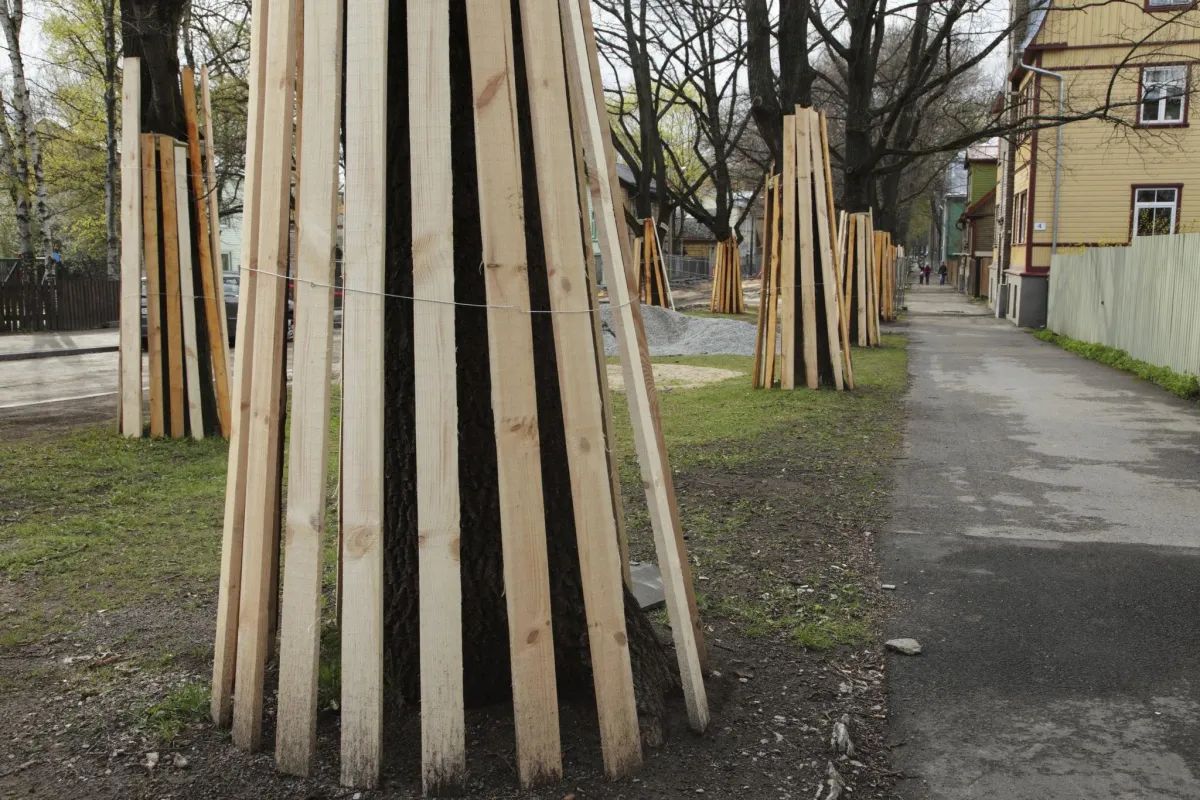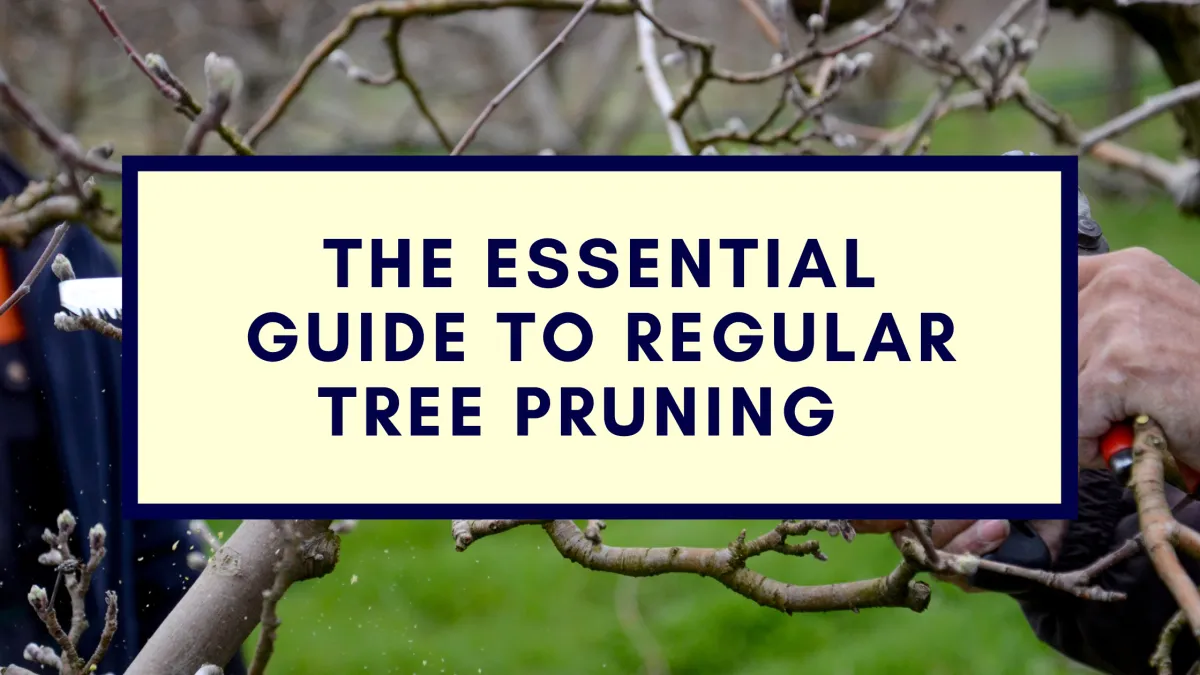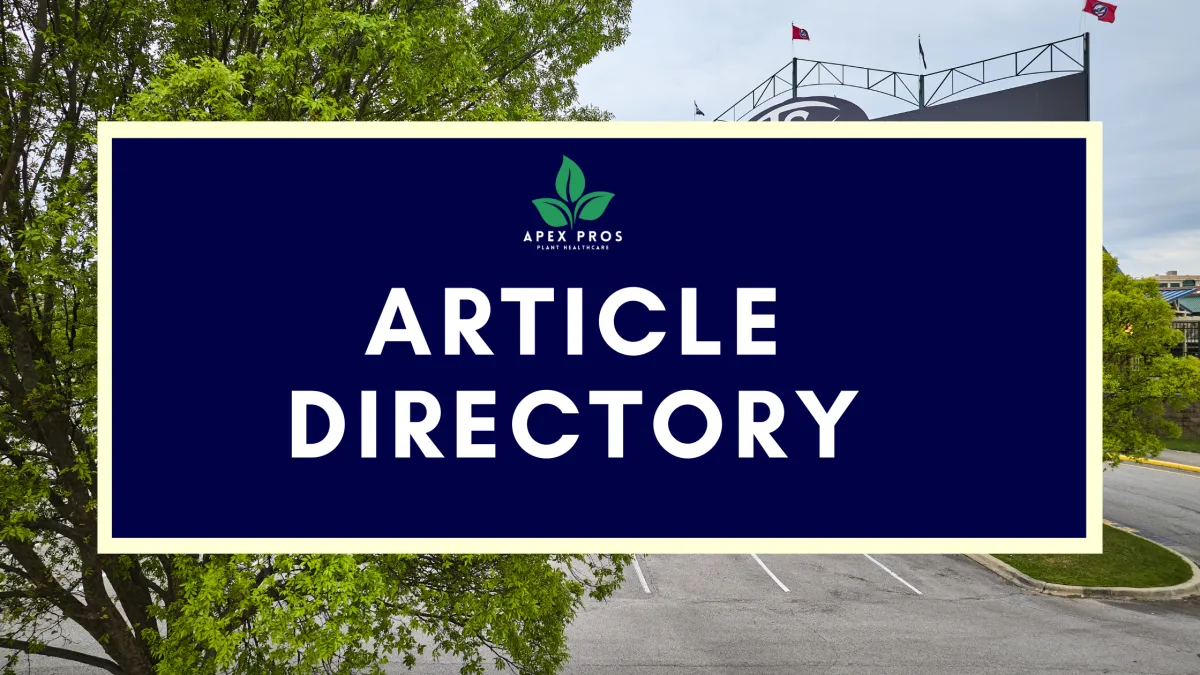
Blog > A Guide for Arborist Service
Tree Preservation Laws in Louisville: What You Need to Know
Understanding local tree preservation laws is crucial for homeowners, developers, and anyone involved in property management. These laws help protect the city's urban forest, ensuring that trees are maintained and preserved for future generations. Here's a comprehensive guide to what you need to know about tree preservation laws in Louisville, Kentucky.
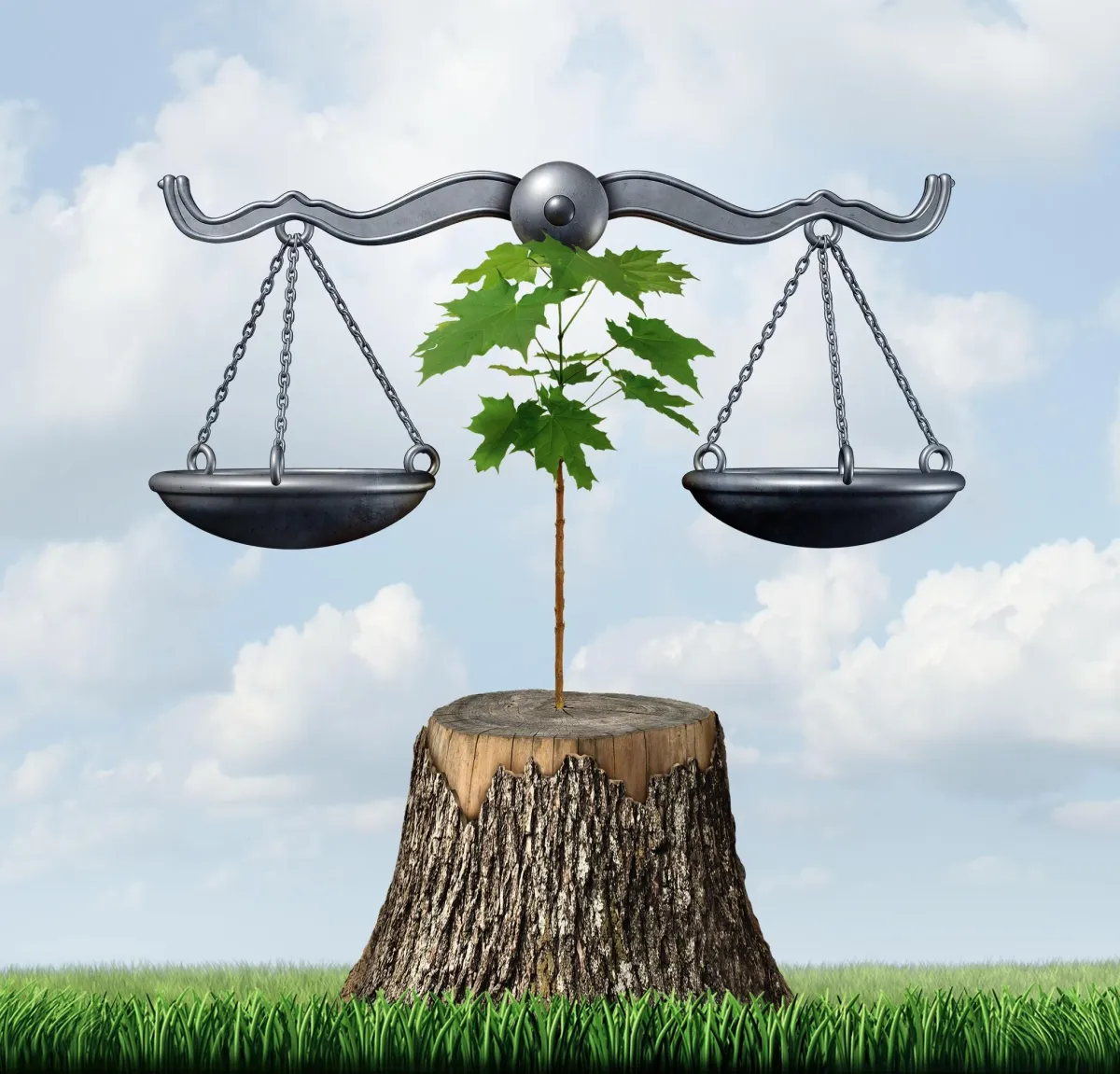
The Importance of Tree Preservation
Trees play a vital role in our environment. They improve air quality, reduce the urban heat island effect, provide habitat for wildlife, and enhance the beauty of our neighborhoods. In Louisville, the city has implemented specific regulations to protect these valuable assets.
Key Tree Preservation Regulations in Louisville:
1. Tree Removal Permits
In Louisville, a permit is required to remove any tree that is located on public property or within certain protected zones. This includes trees on street right-of-ways and in public parks. Homeowners and developers must apply for a permit through the Louisville Metro Government before proceeding with any tree removal.
Why Permits Are Necessary
Permits are essential because they ensure that the removal of trees is conducted responsibly and sustainably. The process helps prevent unnecessary tree loss and ensures that trees that are important for ecological, aesthetic, or historical reasons are preserved. When you apply for a permit, an inspection is conducted by a city arborist to evaluate the tree’s health, its importance to the community, and the potential impact of its removal.
How to Apply for a Permit
To apply for a tree removal permit, you need to submit an application to the Louisville Metro Government’s Division of Community Forestry. The application typically requires information about the tree's location, species, size, and reason for removal. Once submitted, an arborist will visit the site to inspect the tree and assess the situation. If the permit is approved, there may be conditions attached, such as the requirement to plant replacement trees.
2. Protected Tree Species
Certain tree species are protected under Louisville's preservation laws. These species are considered significant due to their size, age, or historical value. Removing a protected tree requires a special permit and may involve additional conditions, such as planting replacement trees.
Identifying Protected Species
Protected species in Louisville are those that have been designated as vital due to their ecological, historical, or cultural significance. This list includes native species that provide significant environmental benefits, such as oak, maple, and hickory trees. Additionally, trees that have reached a certain size or age, which contribute substantially to the canopy, are also protected.
Special Permits for Protected Trees
If you need to remove a protected tree, the process is more stringent. You must provide a detailed explanation of why the removal is necessary and how you plan to mitigate the loss. This might include planting multiple young trees to replace the ecological value of the mature tree being removed. The city's goal is to maintain a balance between development and tree preservation, ensuring that the benefits provided by large, old trees are not lost without adequate compensation.
3. Tree Replacement Requirements
When a tree is removed, especially as part of a development project, the city often requires that it be replaced. The replacement ratio varies depending on the size and type of the tree removed. This ensures that the urban canopy is maintained and that new trees are planted to replace those lost.
Calculating Replacement Ratios
The replacement ratio is calculated based on the diameter of the tree that is removed. For example, a large tree with a diameter of 24 inches might require the planting of several smaller trees to compensate for the loss of canopy cover and ecological benefits. The exact ratio can vary, but the intention is to ensure that the removal of mature trees does not lead to a significant reduction in the urban forest's overall health and coverage.
Importance of Tree Replacement
Tree replacement is crucial for maintaining the ecological balance within the city. Trees provide numerous benefits, including carbon sequestration, temperature regulation, and habitat for wildlife. By requiring replacements, Louisville ensures that these benefits are not lost when development or other activities necessitate the removal of trees. The replacement process also helps maintain the aesthetic value of neighborhoods and public spaces, contributing to the overall quality of life for residents.
4. Tree Protection During Construction
Construction activities can pose a significant risk to trees. Louisville's regulations include provisions for protecting trees during construction. This may involve installing barriers around trees, avoiding excavation near roots, and other measures to minimize damage.
Measures to Protect Trees
During construction, several measures can be taken to protect trees. These include installing physical barriers, such as fencing, around the drip line of trees to prevent machinery from damaging the roots or trunk. It's also important to avoid stockpiling materials or parking vehicles near trees, as compacting the soil can severely impact tree health. Additionally, care should be taken to avoid cutting through large roots, as this can destabilize the tree and make it more susceptible to disease.
Compliance and Monitoring
Compliance with tree protection measures is monitored by the city. Inspections may be conducted to ensure that construction sites adhere to the regulations. Contractors and developers are responsible for implementing these measures and can face penalties if they fail to protect trees adequately. Proper planning and communication with the city's arborists can help ensure that trees are preserved during construction projects.
Compliance and Enforcement
Violating tree preservation laws can result in fines and other penalties. It's important to comply with all local regulations to avoid these consequences. The Louisville Metro Government conducts regular inspections and enforces tree preservation laws to ensure compliance.
How to Apply for a Tree Removal Permit
Applying for a tree removal permit in Louisville involves the following steps:
Submit an Application: Complete and submit a tree removal permit application to the Louisville Metro Government.
Inspection: A city arborist will inspect the tree and the site to assess the situation.
Approval or Denial: Based on the inspection, the city will approve or deny the permit. If approved, specific conditions or replacement requirements may be attached.
Removal and Replacement: If the permit is granted, the tree can be removed according to the stipulated guidelines, and any replacement trees must be planted as required.
Frequently Asked Questions
Q1: Do I need a permit to remove a tree on my private property?
A1: Generally, a permit is not required for removing trees on private property unless the tree is part of a protected species or located within a designated zone.
Q2: What are the penalties for removing a tree without a permit?
A2: Penalties can include fines, mandatory replacement of the tree, and other legal actions. It's important to obtain the necessary permits to avoid these consequences.
Q3: How can I find out if a tree is protected?
A3: You can contact the Louisville Metro Government or check their official website for a list of protected species and specific regulations.
Q4: Can I appeal a permit denial?
A4: Yes, if your permit application is denied, you can appeal the decision by providing additional information or addressing the concerns raised by the city arborist.
Contact Us
Service Hours
Social Media
Looking for landscaping, lawn care, or other home services?

Contact Us
+1 502-483-0511
Prospect, Louisville, KY 40222
Service Hours
Mon- Fri: 9am - 5pm
Sat & Sun: Appt Only
Social Media

2025 | Apex Pros | Rights Reserved
